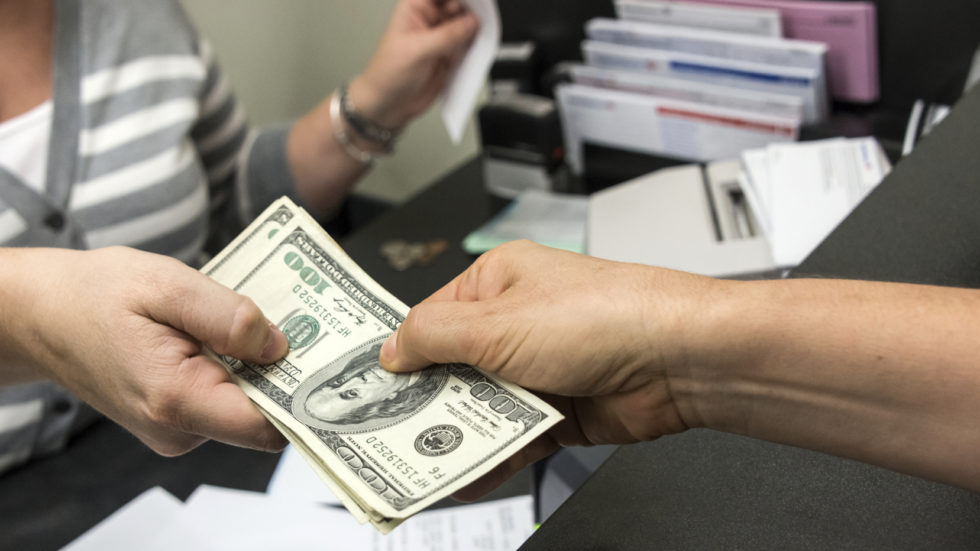Breakdown Cover and On the Road Safety

Driving a car or truck is like moving down the road in your own little bubble environment. You have a heater in winter and usually air conditioning in summer. You are protected from the elements by an enclosure. But what happens when something goes wrong on the road? That’s when breakdown cover or roadside assistance comes into play.
Mechanical Failure
Mechanical failure can happen to anyone at any time. Even if you are excellent at getting your vehicle to the shop for its routine maintenance and you have it checked out before going on long road trips, even the best mechanics can sometimes miss something that is starting to go wrong. Water pumps, fuel pumps and oil sending units are three things that can bring your vehicle to a halt when they fail. Nor is it easy to detect when one of these pumps is going out. The universal joint, which is part of your central drive train can be another point of failure that might give little warning. You can’t always predict mechanical failure, but you can be prepared.
Breakdown Cover or Roadside Assistance
One way to be prepared is to sign up for membership in a breakdown cover or roadside assistance program. The two are very similar in that they feature a licensed mechanic with a van full of universal parts and supplies. In many cases, they can fix your vehicle in less than thirty minutes and have you on your way. For those things that cannot be repaired in thirty minutes or less, they can quickly get in touch with a towing service and whisk your vehicle and you to a safer location, such as a local repair service.
Staying Safe While You Wait
In many cases, the safest place for you and your family to wait is inside your vehicle. If you have your emergency kit put together and inside your vehicle, you might have orange, reflective emergency signs that can be posted ahead and behind the location where you are stalled to let other motorists know that you have a problem. If remaining inside your vehicle is not an option, have everyone move away from the road to an area where they are not likely to be accidentally hit by oncoming traffic. Reflective vests or even reflective tape that can be placed on sleeves can help make everyone more noticeable. If pets are involved, try to keep them in their carriers or on leashes.
Remain Calm and Call for Help
As soon as you are sure that all occupants of your vehicle are in a safe location, call for help. If there is no call box within easy walking distance, if your cell phone is dead or out of service range, ask drivers who stop to help if they will please call the number for your roadside service. When possible, remain inside your vehicle.
Roadside Assistance Vans Clearly Marked
Roadside assistance vans are usually clearly marked with the company logo so you can be sure when help has arrived. The drivers are licensed mechanics who can quickly diagnose the problem, discover whether it can be repaired on the spot or whether towing will be needed.
Coping with Extended Repairs
One of the things that can occur if you are away from home is a need for someplace to stay while your vehicle is being repaired or a substitute type of transportation so that you can continue your journey. More than that, you will probably want your vehicle in due course. Your breakdown insurance, with the correctly selected policy, can help with all those problems.
Best of all, through your breakdown cover, you can call someone who is familiar with local repair facilities, car rentals options and places to stay.



